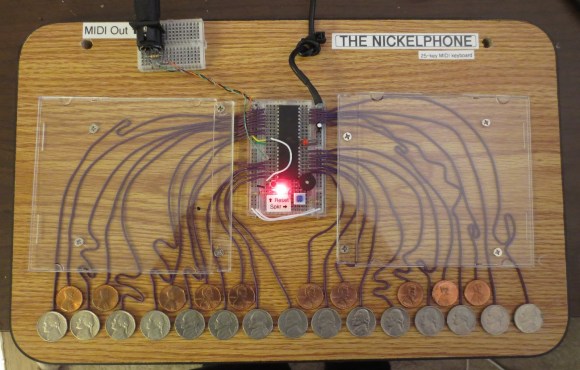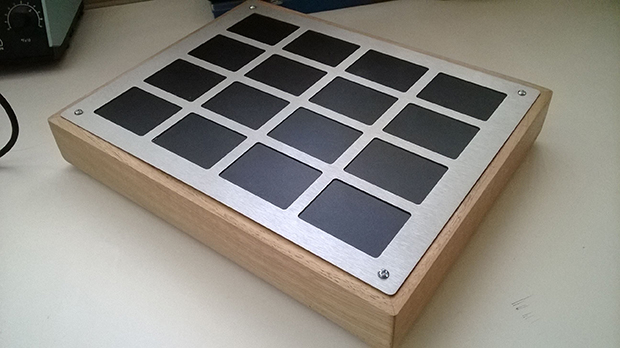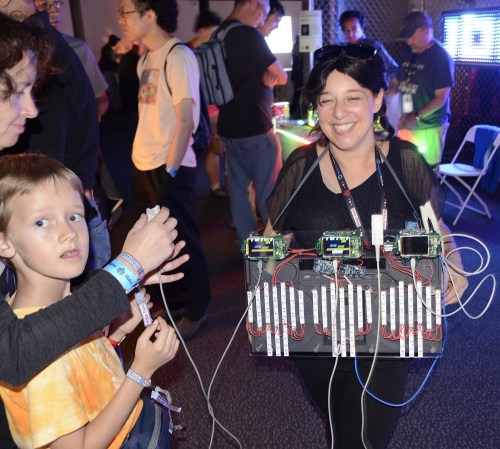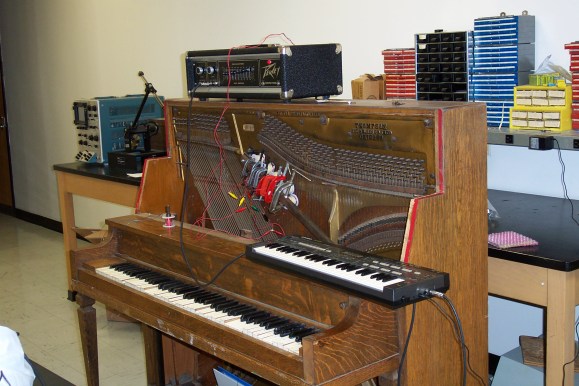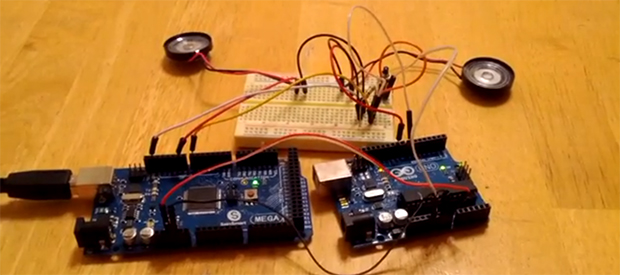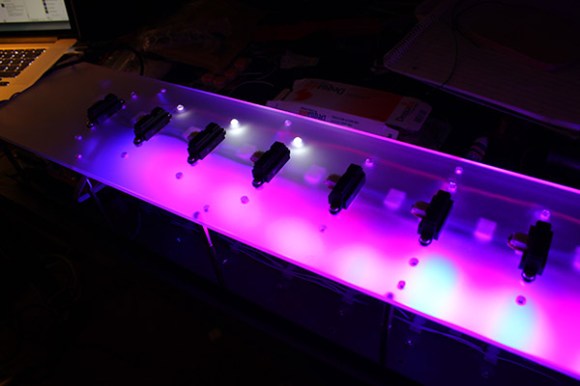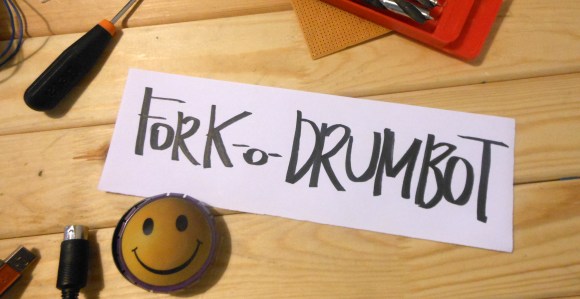
We just got word of a great project by [Vito] — A MIDI Drumbot made from an Arduino and scraps from around the house!
After learning some basics of programming microcontrollers way back in high school, [Vito] was excited to start using the Arduino platform. His first thought was to build a desktop milling machine for engraving his own PCBs. But after a bit of research, he soon concluded it might be a bit too ambitious for a first project, so he opted for something a bit simpler — A robot drummer.
Using some cardboard, a few elastics, a plastic fork, a 12V solenoid, an Arduino and a MIDI interface he had created the original Fork-o-Drumbot, able to tap a simple beat, using one note. After this initial success he grew excited to continue along the same vein of recycling things to characterize his entire project. Fast forward a few weeks of blog posts and he now has a fully functional MIDI drummer which even has a cymbal! They were even featured in the local newspaper after performing a duet with a local singer during an art exhibit called the Singing Balconies of Friedrichshain.
Stick around after the break for an extremely catchy rendition of Superstitious by Stevie Wonder, as played by the Fork-o-Drumbot!

